Research
Search our website
Search our website by entering a keyword or choose a database above to search specifically.
Search
Showing search results 3,361 - 3,370
14,713 results found
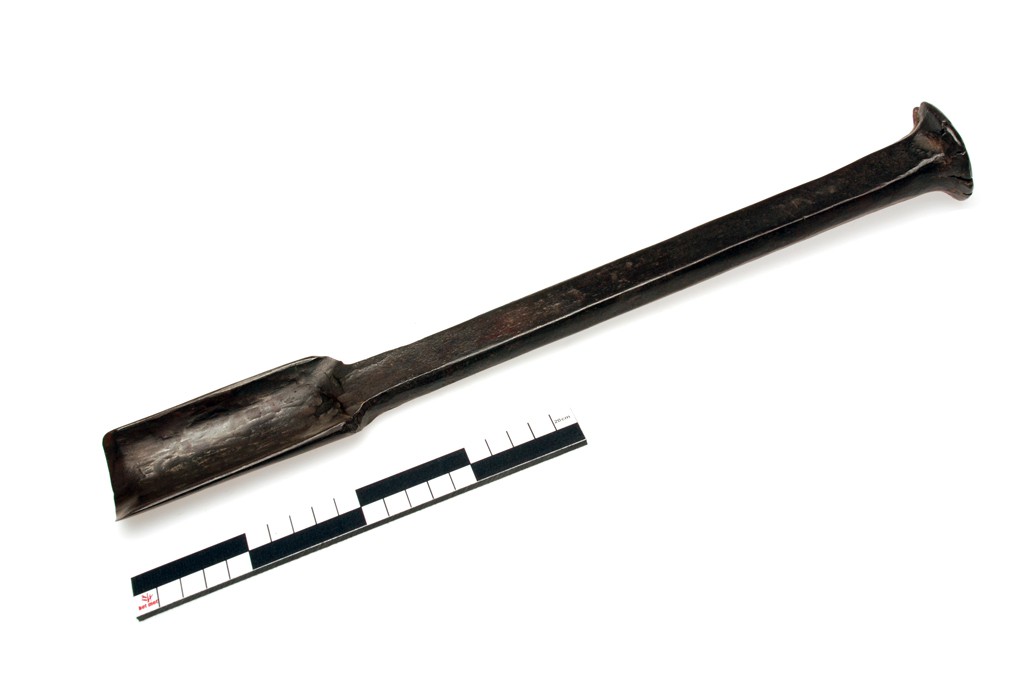
Carpenter's carving gouge
This text can only be consulted in Dutch. This gouge is to be distinguished
from the gouge of the joiner, the wheelwright's gouge and the clog maker's
gouge. [MOT]
Carpenter's adze, straight blade
This text can only be consulted in Dutch
<https://www.mot.be/resource/Tool/carpenters-adze-straight-blade?lang=nl>

Cake tongs
The baker or the customer takes pastries from the counter with a shovel or
with cake tongs. Her jaws are 3-5 cm wide and sometimes open. The tongs
close around the pastry when the arms are pressed shut. The arms are not
crossed. [MOT]
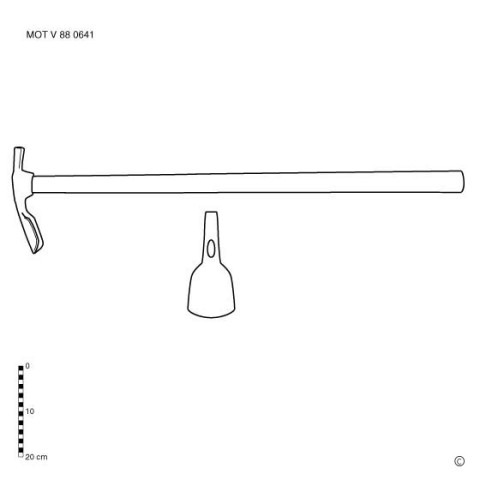
Carpenter's adze, hollow cutting edge
This text can only be consulted in Dutch
<https://www.mot.be/resource/Tool/carpenters-adze-hollow-cutting-edge?lang=nl>
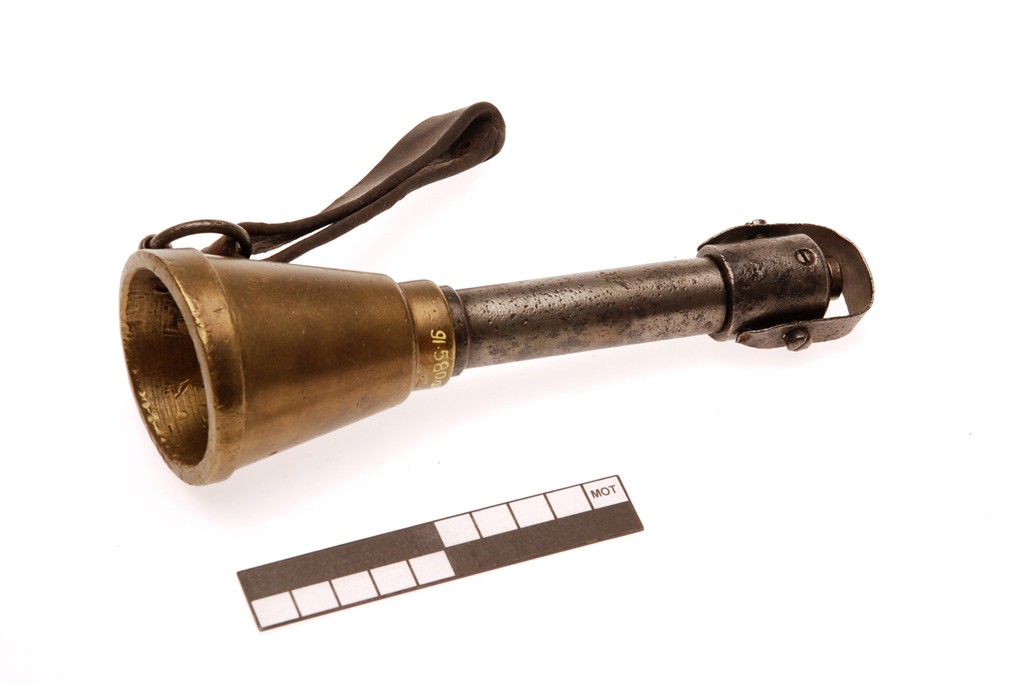
Captive bolt pistol
This text can only be consulted in Dutch
<https://www.mot.be/resource/Tool/captive-bolt-pistol?lang=nl>
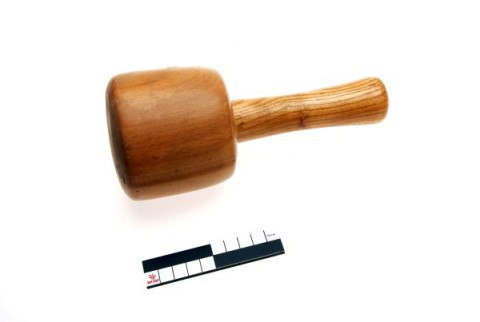
Carver's mallet (wood)
This text can only be consulted in Dutch
<https://www.mot.be/resource/Tool/carvers-mallet-wood?lang=nl>
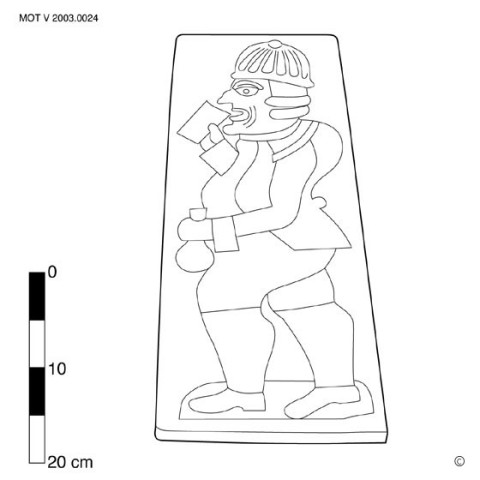
Carved wooden cookie mould
Wooden board with one or more carved figures - such as a drunkard, jester,
Saint Nicholas, etc. The dimensions vary from 10 to 75 cm. First, the mould
is sprinkled with rice flour or brushed with oil and then the dough is
firmly pressed into the mould, cut and beaten to be able to bake it in the
oven. The result is a gingerbread cookie, called 'speculaas' in the low
countries, or a brown, very chewy cake of rye flour and syrup. [MOT]
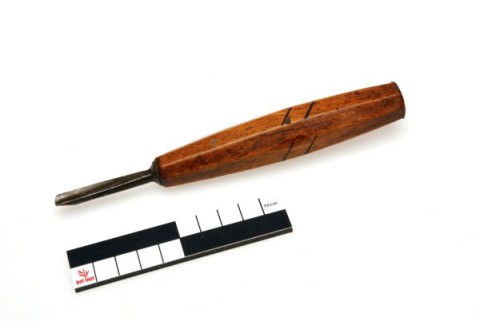
Carver's gouge
This text can only be consulted in Dutch
<https://www.mot.be/resource/Tool/carvers-gouge?lang=nl>
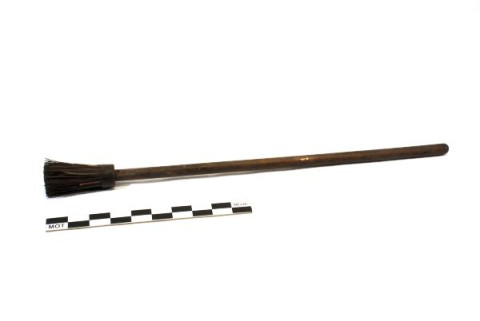
Cask-scrub
The cask-scrub is a brush used in a brewery to sand and wash the barrels on
the inside. The working part is made of heather, baleen, etc. and attached
to a wooden handle (approx. 100 cm). [MOT]
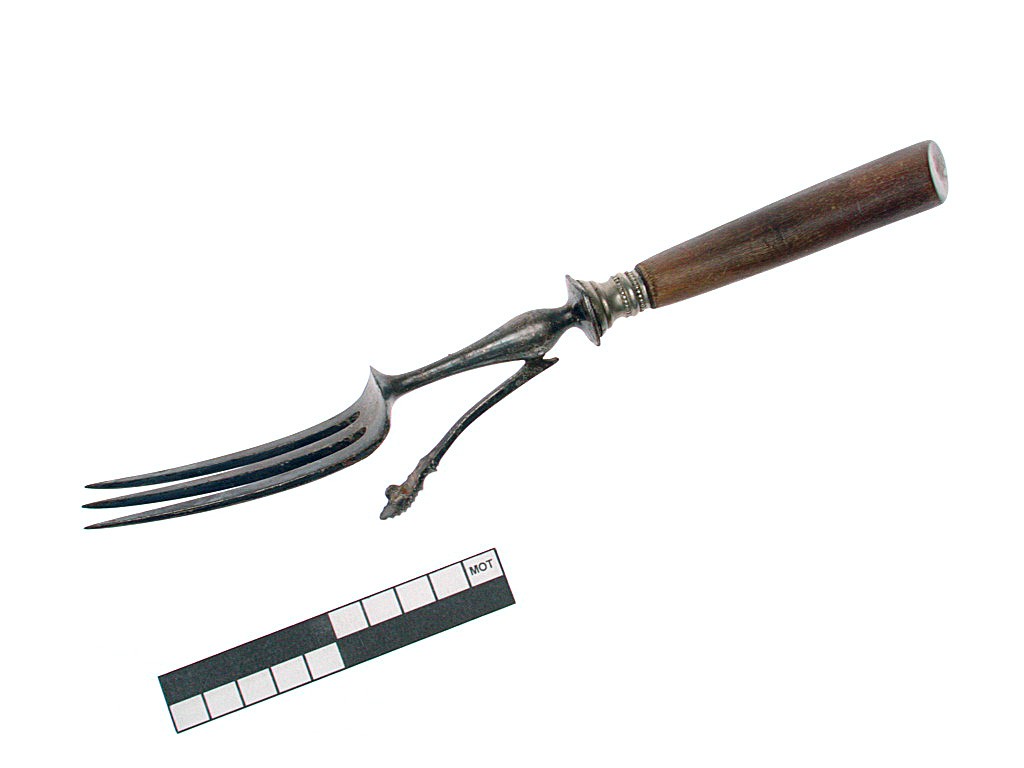
Carving fork
When you pre-cut a large piece of meat with a carving knife, you can hold
that meat with a carving fork. It has fairly long (approx. 7-10 cm) -
usually three - sturdy teeth and a handle made of plastic, wood, stag horn,
stainless steel, silver or ivory. Between the blade and handle there is
usually a bumper to protect the hand if the knife should slip; often there
is also a folding stick so that the fork does not penetrate too deep into
the meat. See also carving tongs. [MOT]



